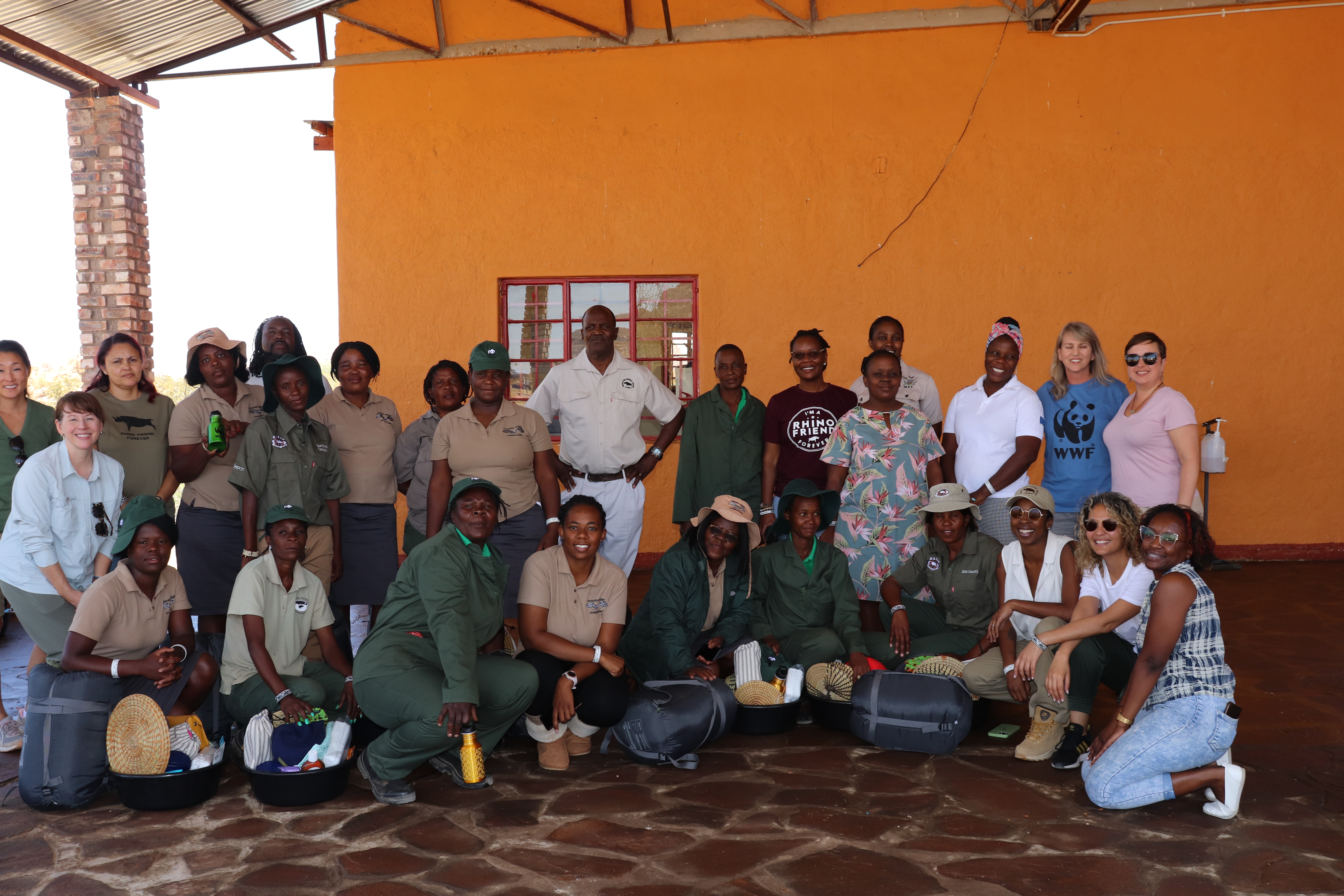A binder of technical data sheets adapted to local populations is created and distributed
Roxane, testing the guide on her phone
Noé
Among the solutions identified, the data sheet guide was a priority tool, to bring together all the knowledge in a popularized, easy-to-use work that could be accessed by all. It was therefore necessary to collect all species data, images of each phenological stage and production data. It was also necessary to select a suitable range of species.
This guide was developed in collaboration with the tribal beneficiaries. Through workshops, participants contributed their user perspective on a first version of the product. These workshops provided an opportunity to discuss the format (modular binder), design (font and colors) and paper, as well as the content (vernacular names, choice of species, specific needs).
The final version was then circulated to the technical experts for review and validation before being sent to print.
Much of the information was available from the agronomy research institute and professional nurseries, who agreed to share their knowledge.
The involvement of beneficiaries on a voluntary basis was of paramount importance, in order to integrate their empirical knowledge of the field into the guide.
The availability of local experts capable of reviewing, correcting and validating all the information was also essential.
Gathering and reporting information is a very important and time-consuming task. This time should not be neglected when setting up a project.
In addition, local and empirical knowledge is often neglected, yet it contributes a great deal.
Finally, the workshops revealed that:
- the guide must be in binder format, modular, with resistant, waterproof paper for outdoor use in the field;
- species must be accessible close to homes, and be fast-growing so that satisfactory results can be observed over a short period;
- specific needs must be taken into account, such as harvesting sheets, production sheets and sales sheets. If possible, a checkbox format should be used.
Finally, it can sometimes be difficult to get all the players to agree on plant production methods. Flexibility solutions should be proposed, such as modifying the sheets by hand if necessary.
